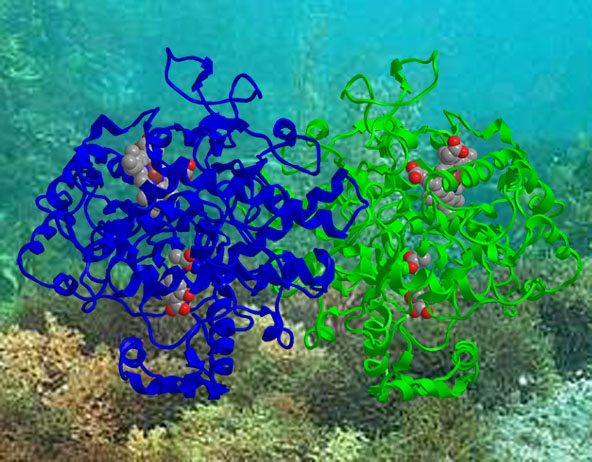
The preservative action of the enzyme is due to the generation of gluconic acid, which lowers the surface pH, thereby retarding bacterial spoilage. When sufficient glucose levels are available, glucose oxidase and catalase completely remove oxygen from an enclosed system thereby preventing off-flavor production. The food industry has already benefited from several enzymes that are produced using genetically modified production hosts to reduce the cost or enhance the functionality of the enzyme.
The characteristic properties of marine fish proteinases such as higher catalytic efficiency at low temperatures, lower sensitivity to substrate concentrations, and greater stability at broader pH range have been useful for their applications in many food-processing operations. They can also be utilized to produce bioactive components such as biopeptides on a large scale nutrition. Several attempts to obtain crude enzyme mixtures from internal organs of some fish species and to utilize them for various purposes have been summarized. Other applications of endogenous proteases are roe processing, fish sauce production, silage, and hydrolyzates.
Enzyme biotechnology is continually providing new and modified enzymes. Creative use of these enzymatic tools will allow a new generation of tailored food ingredients with enhanced nutritional and functional properties. As is so often the case, it is the cost considerations that are currently restricting industrial scale developments in this area. New development at a research level are likely to increase the demand for modified ingredients producing the drive to optimize processes and reduce costs.
Functions and application of marine enzymes isolated from various animal sources include uses of proteases from marine sponges and crabs to degrade casein and hide powders, use of choline esterases from bivalves as biomarkers for aquatic pollution, Na, K-ATPases from spiny lobster for generation of osmolyte gradients, α-N-acetyle galatosaminidase from sea squirt in structural analysis of carbohydrate epitopes, and catalase from marine mussel as antioxidant enzyme for uses in toxicological studies, among others.
Functional and Bioactive Nutraceutical Compounds from the Ocean- Vazhiyil Venugopal (Page 129-130)